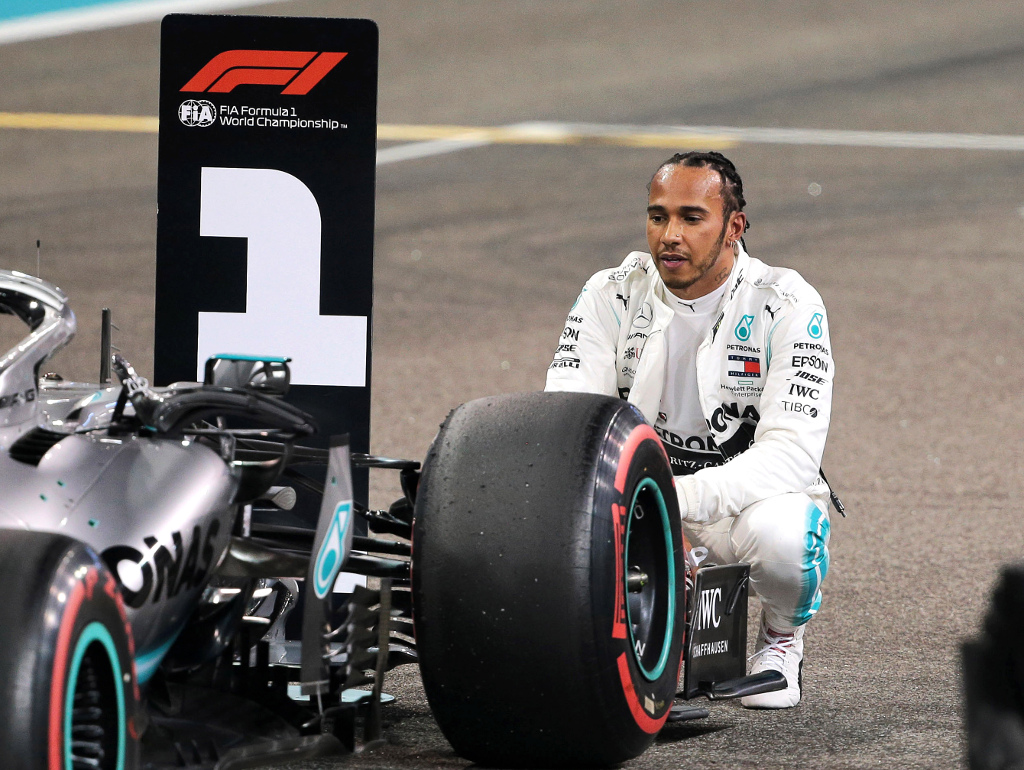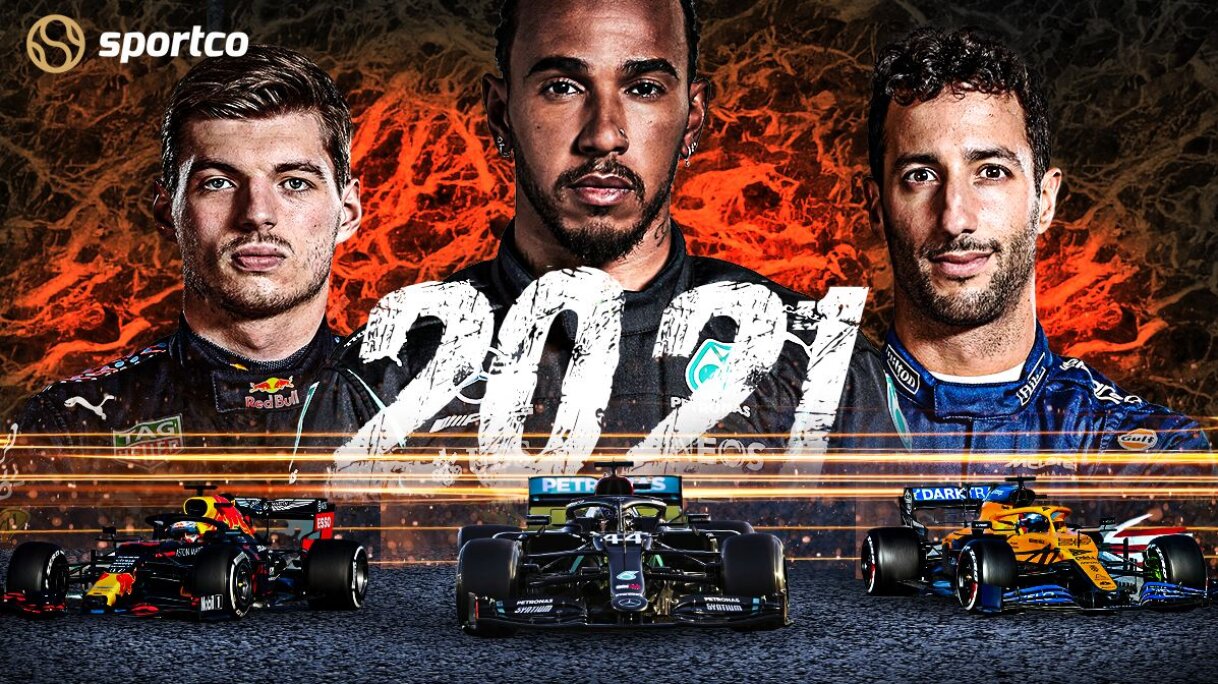Changes made for the 2021 F1 season
The 2021 F1 season is hoping to be one of the most enthralling ones as we have several records on the line. Rule-wise there is nothing much to look forward to, but we do have some minute yet substantial add-ons for this season.
1. Changes to cars' floors
Perhaps the most visually appealing change, the cars' floor shape is destined to undergo some altercations. Usually, the past years witnessed the visible part of the floors, when seen from the top, to be rectangular, with several longitudinal and lateral slots poking out of them. Taken into use by teams to enhance the amount of downforce generated near the floor edges, the slots will now be ixnayed.

Predominantly for the white floor to look solid, with the floors also featuring triangular cutaways at their rear, reducing the downforce-generating surface area on cars. It would also involve rear brake duct winglets shortening, and also diffuser fences to be curtailed.
2. Cost Cap Introduction
A huge relief to the less renowned teams in the competition, the introduction of Formula 1's first-ever cost cap is a huge boost for them, with a baseline of $145 million set. However, in the upcoming years, it is likely to go down by $5m each year i.e $140m in 2022, and $135m in 2023.
Cost cap covers almost all aspects of running a Formula 1 team but there are quite a few exceptions as well. Marketing costs, driver salaries, salaries of the top three earners in the team, employees' costs, and medical benefits for team personnel are all excluded.
3. Aerodynamics testing sliding scale improvement
The lower a team managed to achieve in 2020 championship table, the more time they will be allotted to sharpen the aerodynamics of their upcoming car. It could be the Computational Fluid Dynamics (CFD) simulations or the wind tunnel.
4. Increase in weight of cars
The minimum weight of a car in its unfueled state is changed from 746 kg in 2020 to 752 kg in 2021. The main motive behind this is to inhibit the bigger teams to use plush weight-saving materials that would indirectly benefit their performance.
5. More transparency
A lot of controversies emerged after Racing Point's Mercedes W10-aping RP20 last year, and to avoid that 2021 technical regulations have been formulated to completely abolish any such recurrences in the future.

The new rule put forth says although, it is permissible to be influenced by the design or concept of a rival team's car and its individual, exclusive components, all the information used to create your own car's parts must be kept transparent for all the competitors. The data is expected to be available for everyone only via the means of photography, observations, videos, etc. and any acts of other teams trying to access their competitor's LTCs (Listed Team Components) will not be entertained.
The use of 3D cameras to scan other car's equipment is also not permitted.
Some other notable changes have been the ban of the Dual Axis Steering system (DAS) used by the Mercedes drivers, practice sessions set at 60 minutes, and also limited exhaust system usage (8 for a driver per season).
Given the changes made for the new season, it will be interesting to see whether Lewis Hamilton led Mercedes would lead the charge once again or we will see some other constructor taking the season by storm.


.png)


Leave a Reply